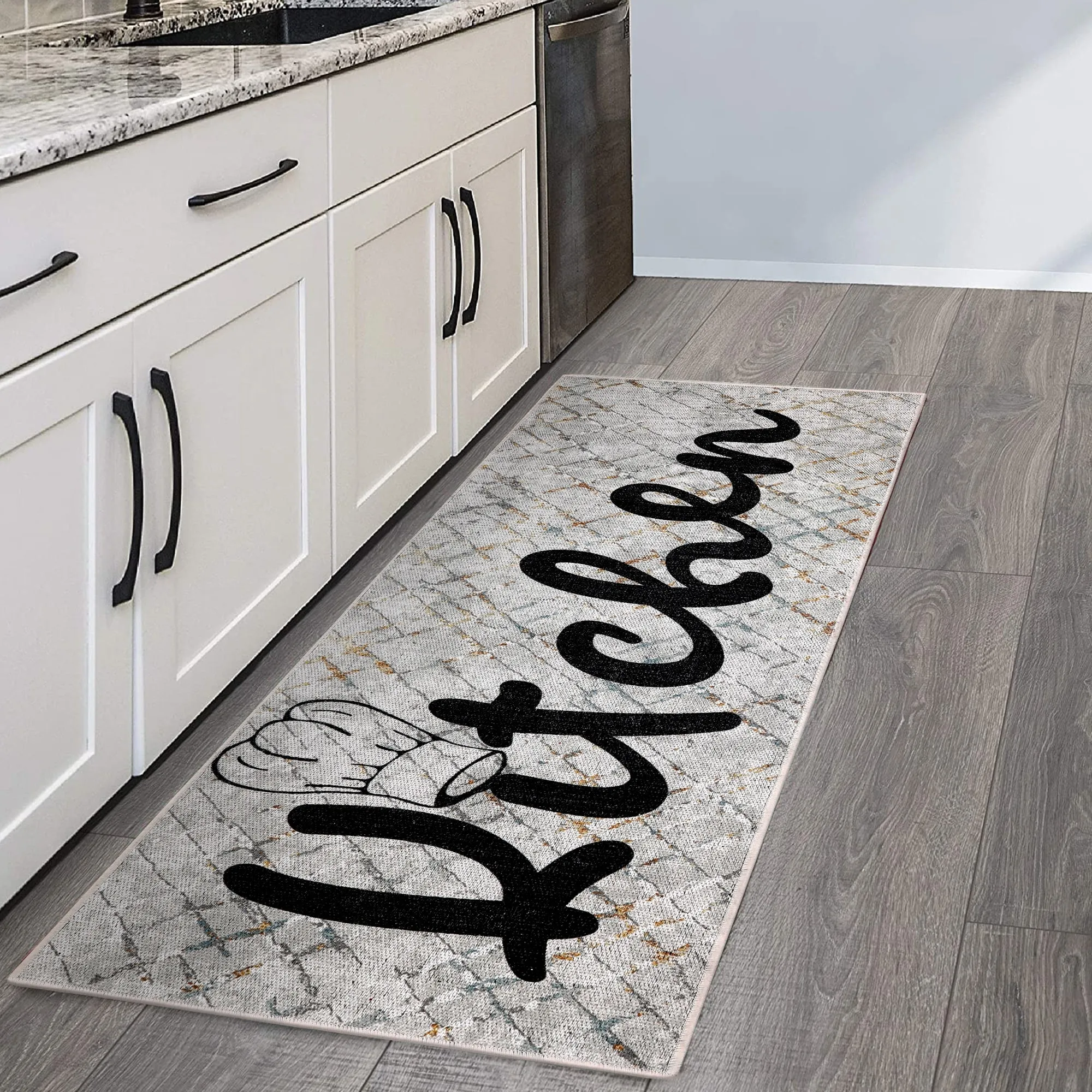Choosing the Right Kitchen Rugs
Kitchen rugs are more than just decorative elements, they are essential components of a well-designed and functional kitchen. They provide comfort underfoot, protect your floors from spills and stains, and can significantly enhance the overall aesthetic of your space. Choosing the right kitchen rug involves considering several factors, from the layout of your kitchen and the placement of key appliances to the materials used in the rug’s construction. This guide will help you navigate the choices, ensuring you select a rug that complements your decor while meeting your practical needs. Whether you’re updating your kitchen or designing a new one, understanding these essential elements will help you make informed decisions.
Consider Kitchen Layout
The layout of your kitchen is the first thing to consider when selecting a rug. This includes the placement of your appliances, the location of your sink, and the overall flow of the kitchen. In kitchens with an island, you might choose a large area rug to anchor the space and define the seating area around the island. For kitchens with a galley layout, a runner rug can be an ideal choice to add warmth and visual interest. For kitchens with multiple work zones consider multiple smaller rugs. Analyze your space carefully to determine what rug size and shape will work best.
Traffic Flow and Placement
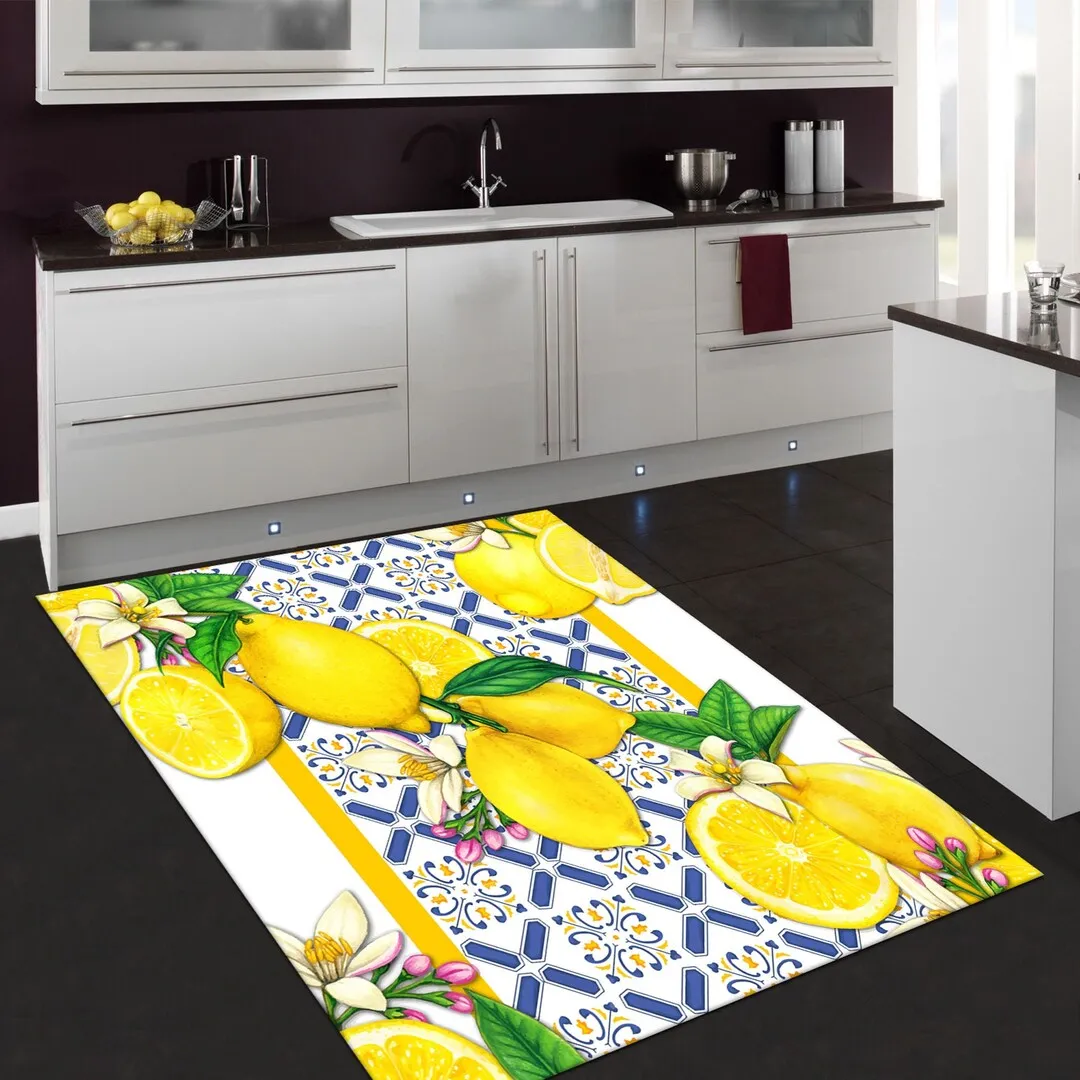
Pay attention to the areas of your kitchen that experience the most foot traffic. Placing rugs in front of the sink, stove, and food preparation areas can provide cushioning and protection for your floors. Ensure that your rug does not obstruct doorways or walkways, as this can create a tripping hazard. Consider the distance between your appliances and cabinets; you’ll want to make sure the rug is large enough to cover these areas, but not so large that it gets in the way. Think about the areas in your kitchen where you spend the most time. A well-placed rug can significantly enhance the comfort and functionality of these zones.
Size Matters for Kitchen Rugs
The size of your kitchen rug is crucial for both aesthetics and functionality. A rug that is too small can make your kitchen look unfinished, while one that is too large can overwhelm the space. To determine the ideal rug size, measure the area you want to cover and choose a rug that fits within those dimensions. Ensure that the rug covers the areas where you stand the most, such as in front of the sink or stove. A good rule of thumb is to leave a few inches of exposed flooring around the perimeter of the rug, but this depends on your kitchen layout and personal preferences. Consider different rug sizes for different areas, such as a runner for a galley kitchen or a large area rug for a kitchen with an island.
Standard Kitchen Rug Sizes
Kitchen rugs come in various standard sizes to accommodate different kitchen layouts and needs. Common sizes include 2x3 feet, 3x5 feet, 4x6 feet, and 5x8 feet for area rugs. Runner rugs are also popular, with sizes like 2x6 feet, 2x8 feet, and 2x10 feet being widely available. Choosing the right size depends on the specific area you want to cover. For instance, a 2x3 foot rug is ideal in front of the sink or stove. A 3x5 foot or 4x6 foot rug is suitable for a small kitchen area. Measure your space and consider the placement of your appliances and furniture to select the appropriate rug size for your kitchen.
Area Rugs vs Runner Rugs
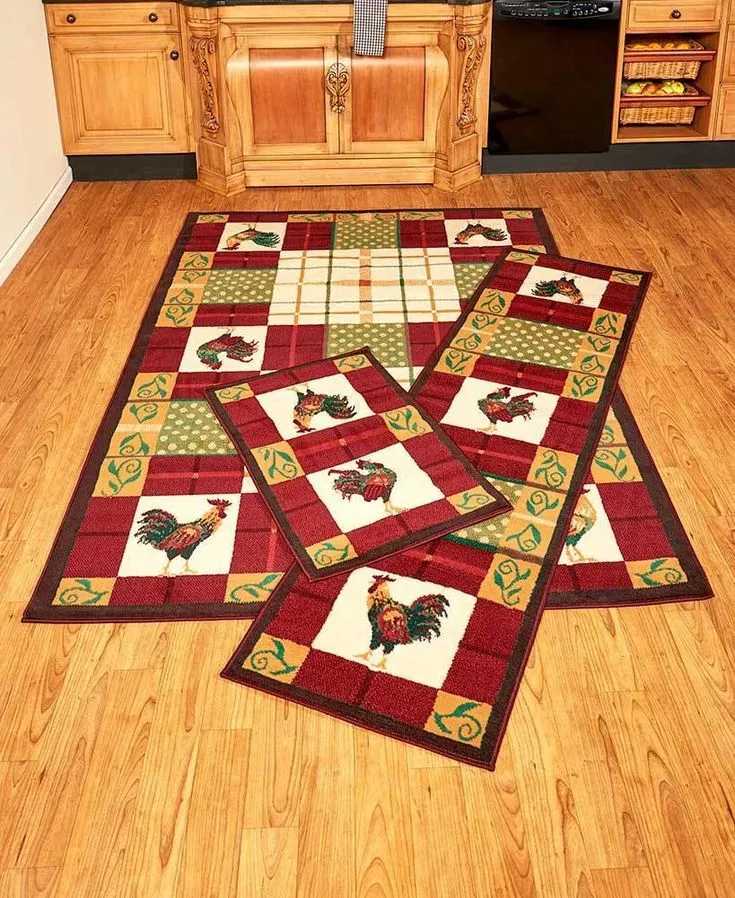
Deciding between an area rug and a runner rug depends on your kitchen layout and the look you want to achieve. Area rugs are versatile and can define a space, anchor furniture, and add warmth to a large kitchen. They are suitable for kitchens with islands or open layouts. Runner rugs, on the other hand, are perfect for galley kitchens or areas with high foot traffic, such as in front of the sink or along a hallway. Runners add visual interest and provide comfort underfoot in elongated spaces. Both types of rugs can enhance your kitchen’s style and functionality, so choose the one that best suits your needs.
Exploring Kitchen Rug Materials
The material of your kitchen rug is crucial for durability, ease of maintenance, and comfort. Kitchens are high-traffic areas where spills and stains are common. Therefore, you need to choose a material that can withstand these challenges. The best materials for kitchen rugs are those that are both durable and easy to clean. Consider the specific needs of your kitchen and the level of maintenance you are willing to do. Also, think about the overall aesthetic you want to achieve. Some materials offer a more luxurious feel, while others are more practical and budget-friendly. Choosing the right material will greatly affect the lifespan and appearance of your kitchen rug.
Best Kitchen Rug Materials
Several materials are well-suited for kitchen rugs due to their durability, water resistance, and ease of cleaning. Synthetic fibers like polypropylene and nylon are popular choices, as they are stain-resistant, durable, and affordable. These materials are easy to clean and maintain, making them ideal for high-traffic kitchens. Natural fibers, such as wool, offer a luxurious feel and are durable, but may require more care and attention to prevent stains. Cotton rugs are another option, offering a soft feel and are easy to wash, but they might not be as durable as synthetic fibers. Consider the pros and cons of each material to choose the best option for your kitchen.
Durability and Maintenance
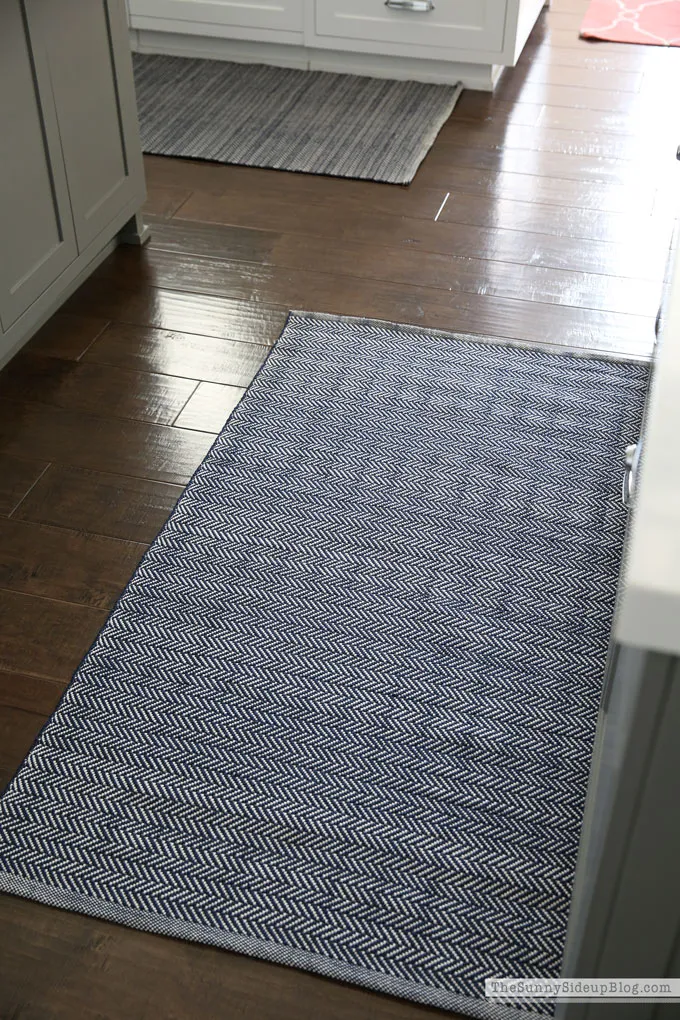
Durability and ease of maintenance are key factors when selecting a kitchen rug material. Choose materials known for their resistance to stains, moisture, and wear. Synthetic fibers like polypropylene are excellent in this regard. Also, consider how easy the rug is to clean. Rugs that can be easily wiped down or machine-washed are ideal for the kitchen. Look for materials that are also resistant to fading, especially if your kitchen receives a lot of sunlight. Regular maintenance, such as vacuuming and spot cleaning, is essential to keep your rug looking its best and to extend its lifespan. Following these tips will help you choose a rug that can withstand the demands of a busy kitchen.
Kitchen Rug Styles for Decor
Kitchen rugs come in various styles, allowing you to enhance your kitchen’s decor and create a cohesive look. Whether your style is farmhouse, modern, bohemian, or something else, there is a rug that will complement your space. The right style will not only add visual interest but also reflect your personal taste and the overall design of your home. Consider the existing elements of your kitchen, such as the color of your cabinets, countertops, and flooring, to make a harmonious choice. Choosing the right style will bring your kitchen’s decor together.
Farmhouse Kitchen Rugs
Farmhouse kitchen rugs typically feature neutral colors, natural textures, and simple patterns. Common materials include cotton, jute, and wool, which add warmth and a rustic feel to the kitchen. Patterns such as stripes, checks, and floral designs are popular choices, as they create a cozy and inviting atmosphere. The color palettes of farmhouse rugs usually incorporate whites, creams, grays, and soft blues or greens, which complement the overall aesthetic. These rugs often have a vintage or distressed look. This style enhances the charm of a farmhouse kitchen and makes the space feel warm and inviting. They help achieve the classic, comfortable farmhouse style.
Modern Kitchen Rugs
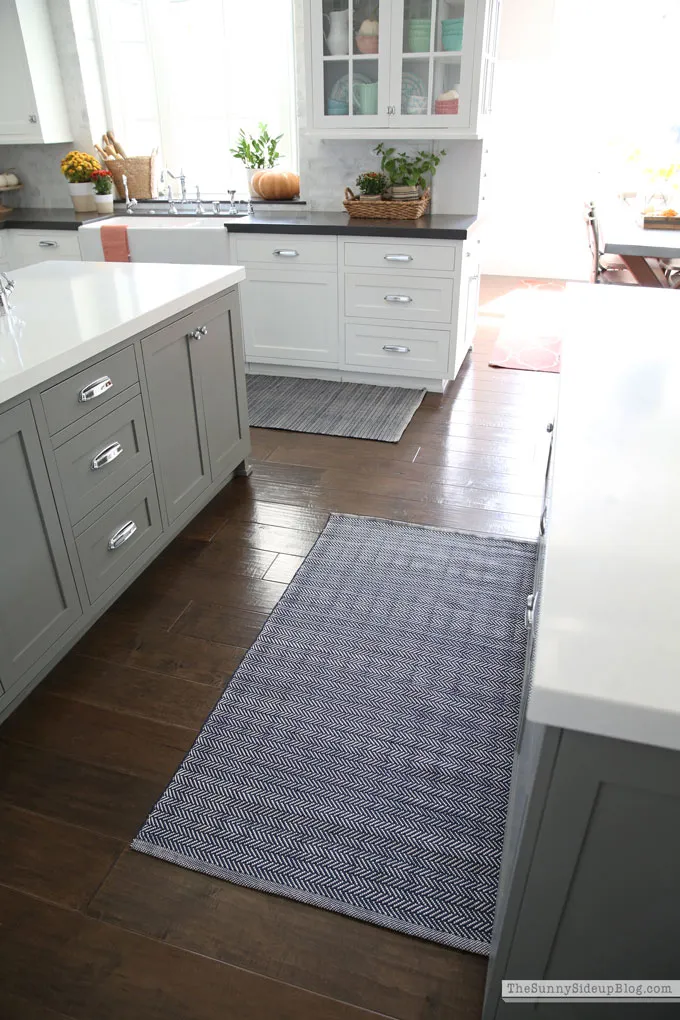
Modern kitchen rugs tend to have clean lines, bold colors, and geometric patterns. These rugs often feature synthetic materials like polypropylene or nylon, which are durable and easy to clean. They are available in a wide range of solid colors and patterns, including abstract designs and minimalist styles. The color palettes usually involve neutral tones like gray, black, and white, accented with pops of color such as red, blue, or yellow. Modern rugs are designed to complement contemporary kitchens with sleek design and minimalist aesthetics. This style helps create a sophisticated and stylish look.
Bohemian Kitchen Rugs
Bohemian kitchen rugs are characterized by vibrant colors, intricate patterns, and global-inspired designs. They typically feature natural materials such as cotton, wool, or jute, which contribute to a relaxed and eclectic atmosphere. Common patterns include tribal motifs, floral designs, and geometric patterns, adding visual interest and personality. The color palettes involve rich, earthy tones like terracotta, mustard, and turquoise, often mixed with bold accent colors. Bohemian rugs add a sense of warmth and free-spirited style to your kitchen. They create a unique, layered, and inviting space.
Color and Pattern Selection for Rugs
Choosing the right colors and patterns for your kitchen rug is essential for enhancing your kitchen’s decor. Colors and patterns can complement the existing elements of your kitchen, such as your cabinets, countertops, and flooring. A well-chosen rug will tie all these elements together. The color palette should harmonize with the overall design scheme of your kitchen. Patterns can add visual interest and personality to your space. Consider the size of your kitchen, the amount of natural light it receives, and the overall mood you want to create. Select colors and patterns that reflect your personal style and enhance the ambiance of your kitchen.
Choosing the Right Colors
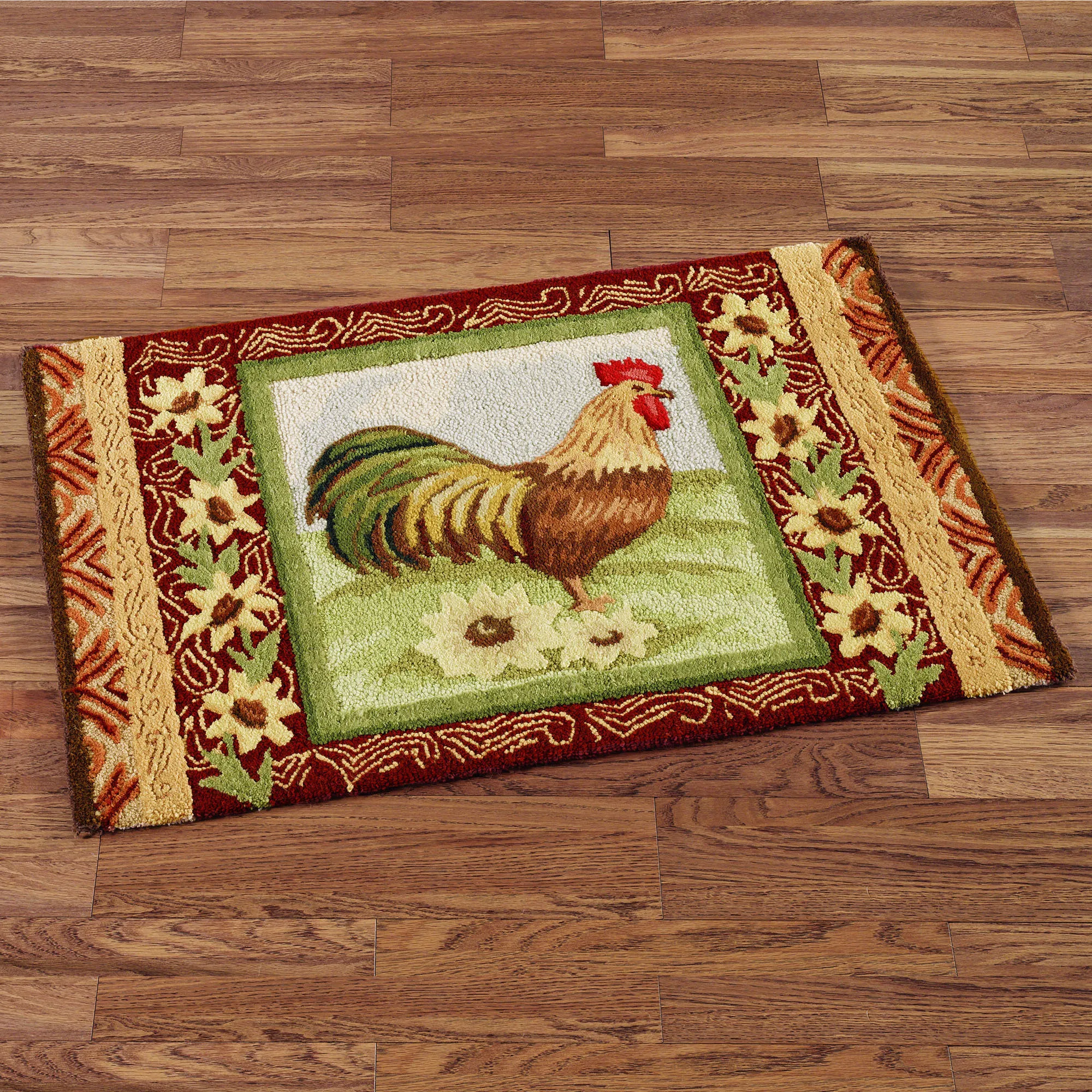
The color of your kitchen rug should complement your kitchen’s existing color scheme. If your kitchen has neutral tones, you can use a rug to add a pop of color or texture. Consider the colors of your cabinets, countertops, and backsplash when selecting a rug. Lighter colors can make your kitchen feel more open and airy, while darker colors can add warmth and create a cozy atmosphere. Patterns with multiple colors offer versatility and can hide stains. It is important to consider the overall mood you want to create and choose colors that align with your style and preference. Selecting the right colors will greatly enhance the look and feel of your kitchen.
Patterns to Enhance Your Decor
Patterns on kitchen rugs can add visual interest and personality to your space. They can create focal points, draw attention to specific areas, and make your kitchen look more stylish. Consider different pattern types, such as stripes, geometric designs, floral patterns, and abstract motifs, to match your kitchen’s style. Patterns can also help to hide dirt and stains, making them a practical choice for high-traffic areas. Choose a pattern that complements the other elements of your kitchen and reflects your personal taste. A well-chosen pattern can add a touch of flair and make your kitchen feel more inviting.
Kitchen Rug Care and Maintenance
Proper care and maintenance are crucial for extending the life of your kitchen rug and keeping it looking its best. Regular cleaning, spot treatments, and protective measures are essential for preserving your rug’s appearance and functionality. The frequency and methods of cleaning will depend on the rug’s material, the level of traffic, and the types of spills it encounters. Taking good care of your kitchen rug will help maintain its look and ensure your kitchen is both stylish and practical. Implementing a consistent cleaning routine and acting promptly when spills occur are key to preserving the rug’s appearance and longevity.
Cleaning Your Kitchen Rugs
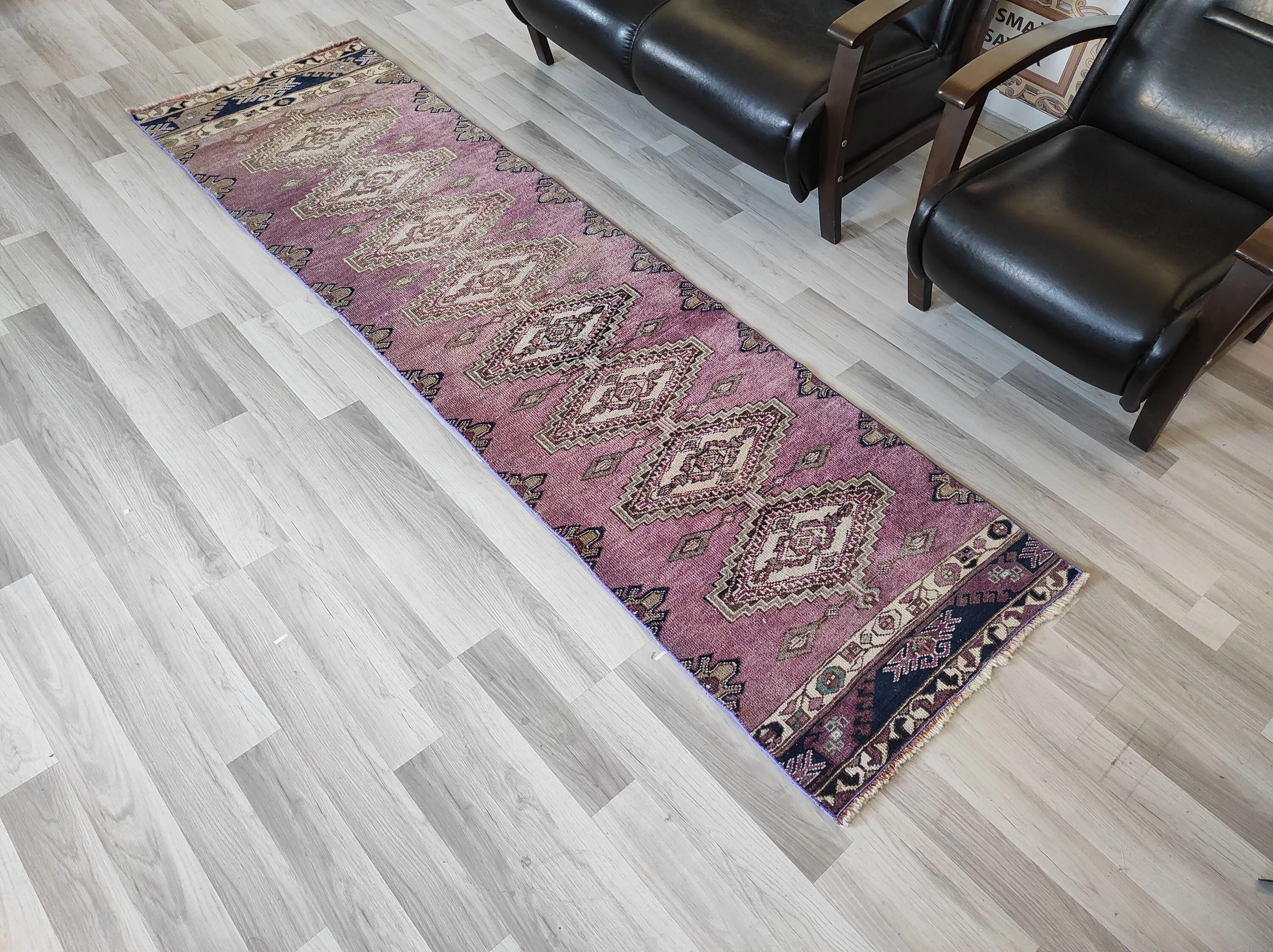
Regular cleaning is essential for maintaining the appearance and hygiene of your kitchen rug. Vacuuming your rug at least once a week helps to remove dirt, dust, and debris, preventing them from settling into the fibers. For spills, act quickly. Blot them with a clean cloth. Use appropriate cleaning solutions for your rug’s material, following the manufacturer’s instructions. For more thorough cleaning, consider professional cleaning or using a steam cleaner designed for rugs. Always allow your rug to dry completely after cleaning to prevent mold and mildew growth. Regular and consistent cleaning will extend the life of your rug.
Extending Rug Lifespan
To extend the lifespan of your kitchen rug, take several preventative measures. Use rug pads under your rugs to provide cushioning, prevent slipping, and protect your flooring. Rotate your rugs regularly, especially in high-traffic areas, to ensure even wear. Avoid placing rugs in direct sunlight, as this can cause fading. When spills occur, act promptly to clean them. Consider using a rug protector to create a barrier against stains and dirt. Regular maintenance, including vacuuming and spot cleaning, helps to keep your rug looking its best. With proper care and attention, your kitchen rug can last for years, enhancing both the appearance and functionality of your kitchen.
